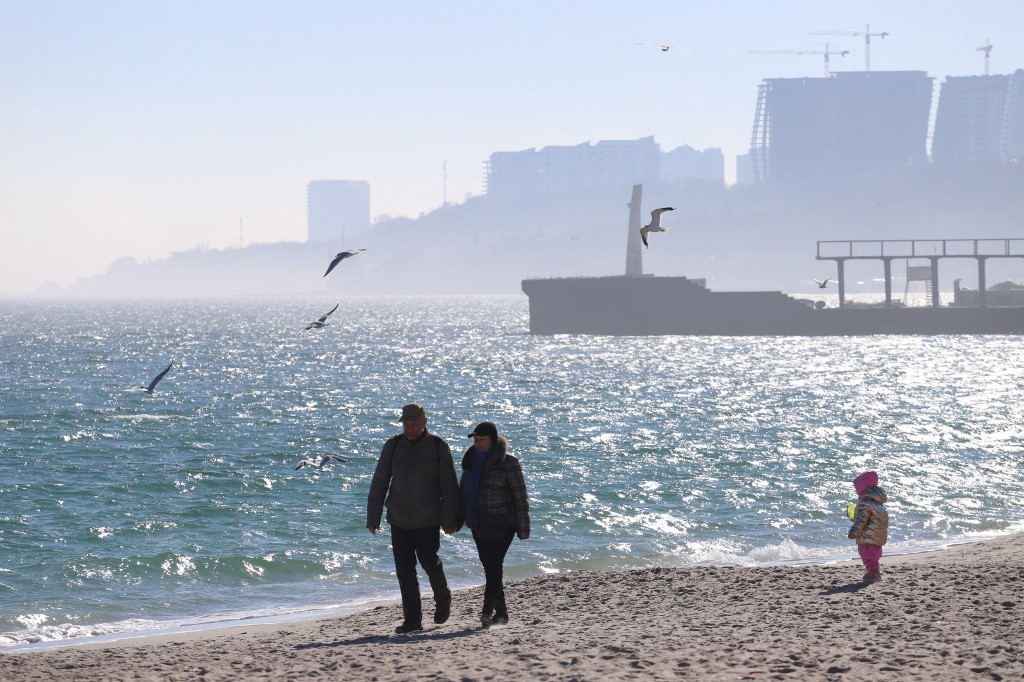
PARIS, France (AFP) – Odessa, which Ukraine fears could be the next target of Russia’s offensive in the south, is the country’s main port and is vital for its economy.
But the city of one million people close to the Romanian and Moldovan borders also holds a special place in the Russian imagination.
A cosmopolitan port with stunning 19th-century architecture, sandy beaches and a Mediterranean climate, it has a Russian-speaking majority from its days as the empire’s second port.
Ukrainian President Volodymyr Zelensky warned on Sunday that Moscow was “preparing to bomb Odessa”, saying, “It will be a war crime… a historical crime.”
Melting pot
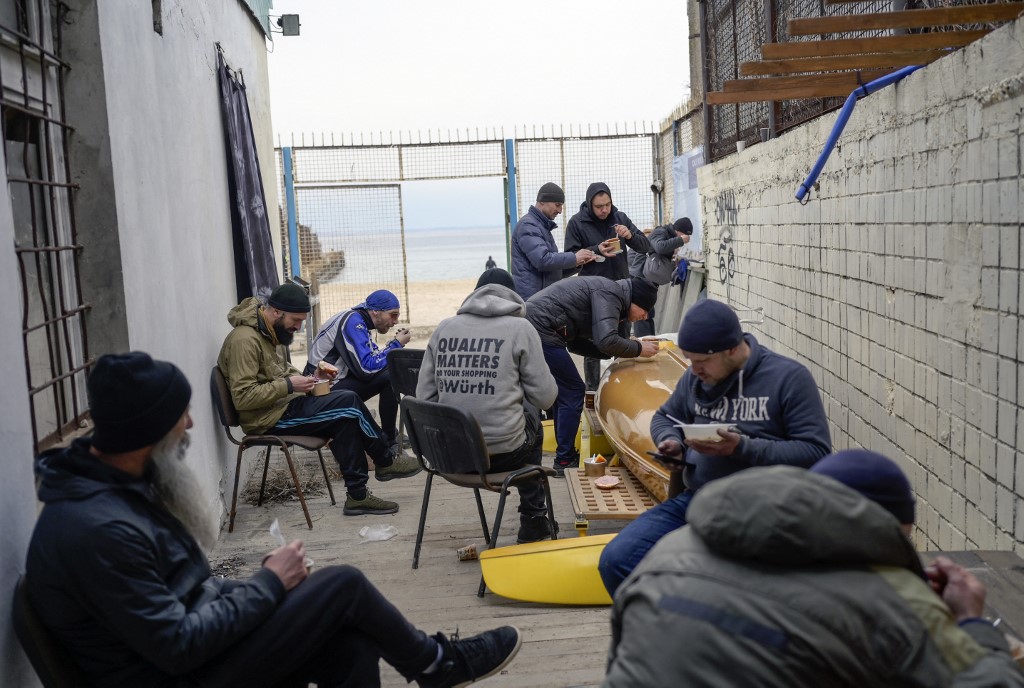
Founded near the mouth of the Dniester River in 1794 by the Empress Catherine the Great, Odessa became one of the great ports of the Russian Empire.
A melting pot of Russians, Ukrainians, Greeks, Turks, Jews, Romanians and Bulgarians, the average Odessan in its 19th-century heyday is said to have spoken a smattering of five languages.
It also provided the spark for the 1905 Russian revolution, when sailors on the Battleship Potemkin mutinied. Their uprising was bloodily suppressed by Tsarist forces, with 2,000 Odessans dying alongside them.
Sergei Eisenstein’s 1925 film of the events was shot in Odessa. Its pram scene on the Potemkin Steps is one of the most famous in cinema history.
Putin’s dream
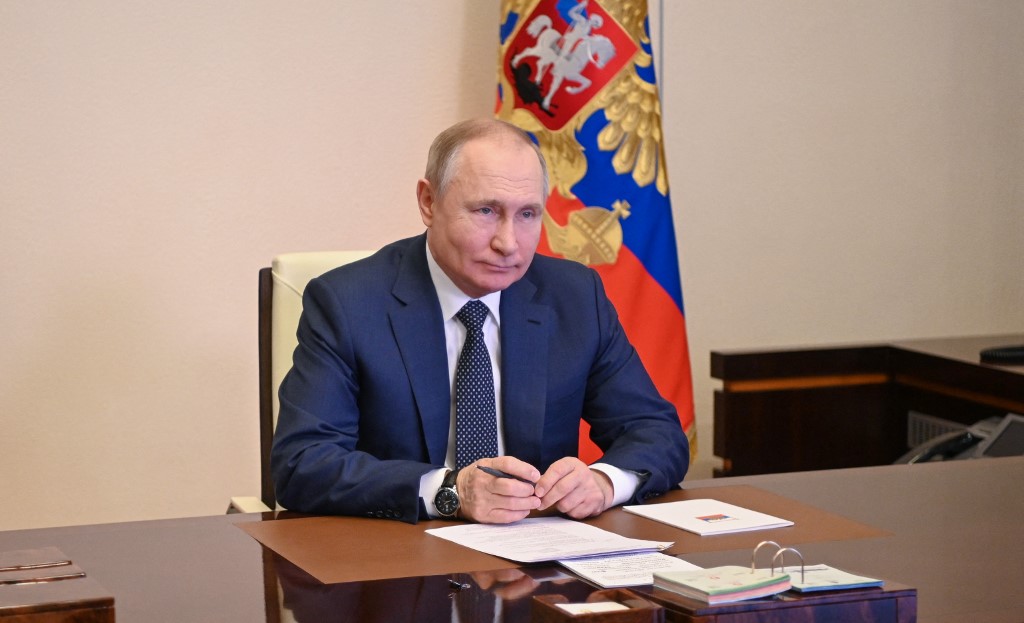
As a Russian-speaking island in the far west of Ukraine, Russian President Vladimir Putin has long had his eye on the city, saying in 2014 that it was never historically part of Ukraine but of Novorossiya — a part of southern and eastern Ukraine that was controlled by imperial Russia.
Odessa is only 70 kilometres from Transnistria, the tiny unrecognised separatist Russian-speaking statelet that broke away from Moldova as the Soviet Union collapsed. NATO member Romania is a four-hour drive away.
But the city resisted the separatist push that took the mainly Russian-speaking Donbas region in the east out of Kyiv’s control when Putin annexed the nearby Crimea peninsula in 2014.
However, 48 people — most pro-Russian — died in clashes in May 2014 after being trapped in a building that was set alight after they attacked a group of Ukrainian nationalists with guns and grenades.
Key port
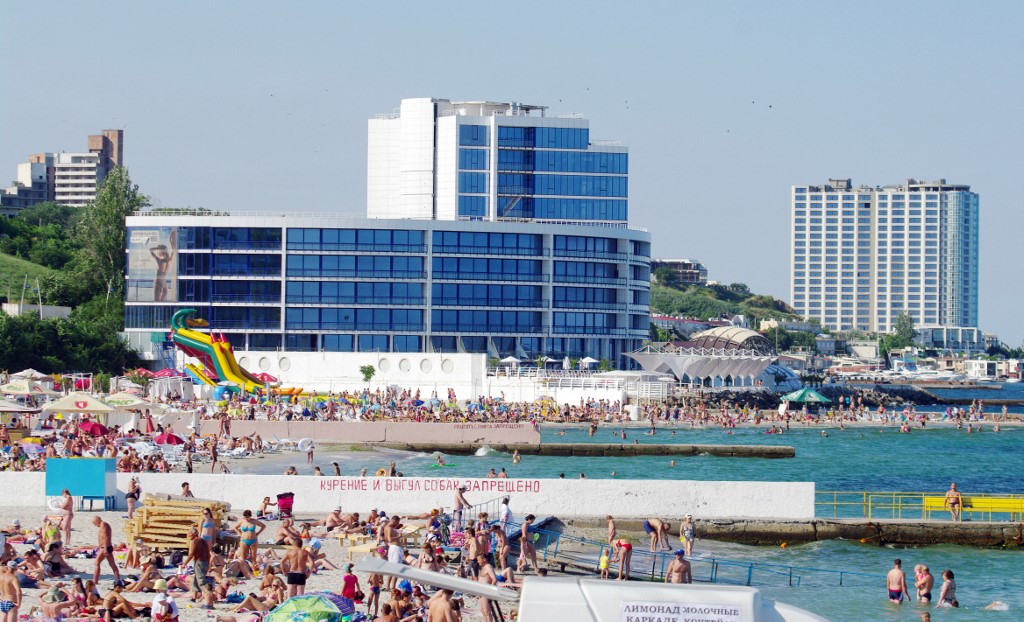
A picture taken on August 19, 2015 shows a view of one of the newest hotels built in southern Ukrainian city of Odessa. One Crimean tourism official told Kiev television that the peninsula’s resorts would be lucky to receive 700,000 guests this summer. The figure is less than a seventh that seen on average when the region was still part of Ukraine. And much of Ukraine’s own tourism industry is trying to turn the change of luck into a permanent habit of families looking at their summer options. (Photo by ALEXEY KRAVTSOV / AFP)
Odessa is Ukraine’s main port complex. The one in the city itself handles petrol and metals, while others in nearby Youjni and Illytchyivsk handle chemicals and containers.
A large part of Ukraine’s enormous corn and barley exports pass through the ports.
Odessa’s beaches, Italianiate architecture and relaxed way of life made it a tourist magnet, with numbers increasing since the annexation of Crimea.
Crime capital
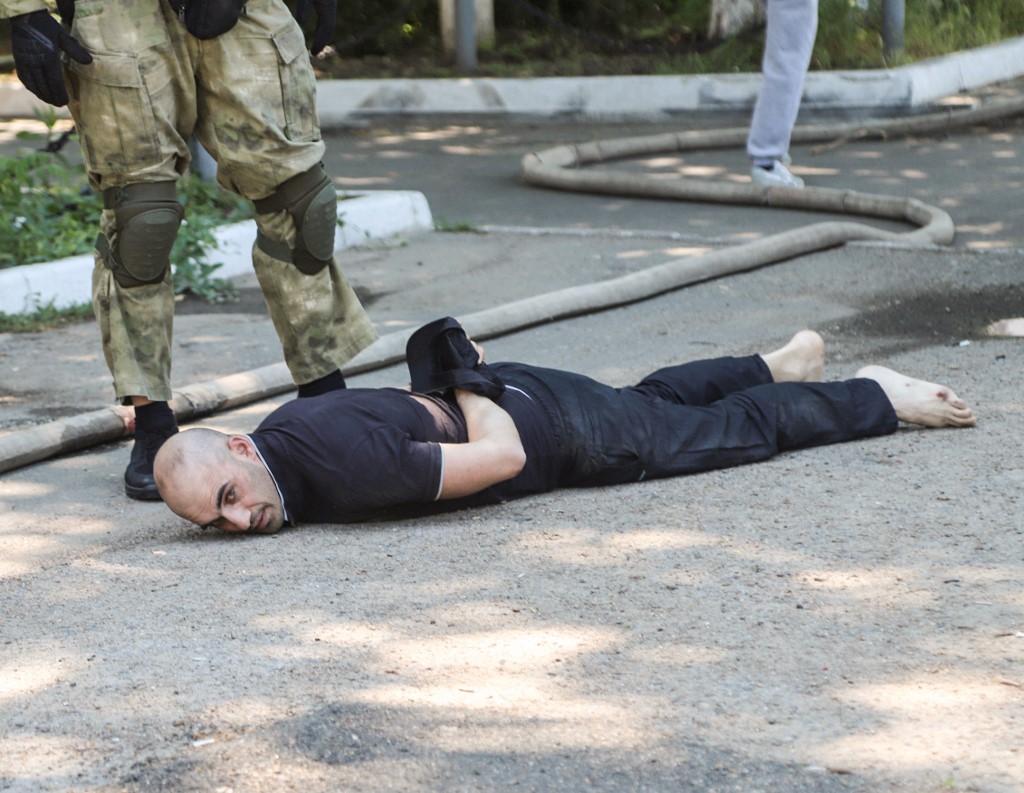
Alongside its picturesque beaches and buildings, Odessa has long had a reputation both in literature and in reality as a crime capital.
Ostap Bender, the conman hero of a string of popular Soviet novels was from Odessa, and the great Jewish writer Isaak Babel based his crime boss Benia Krik in his “Odessa Stories” on the real-life Jewish gangster Michka Iapontchik (“the little Japanese”).
This nefarious reputation followed Odessans abroad.
The Jewish Russian mafia in the United States got its first foothold in the Brooklyn district of Brighton Beach.
“Little Odessa”, as the neighbourhood was dubbed, inspired the 1995 mob movie of the same name, starring Tim Roth and Vanessa Redgrave.
© Agence France-Presse






